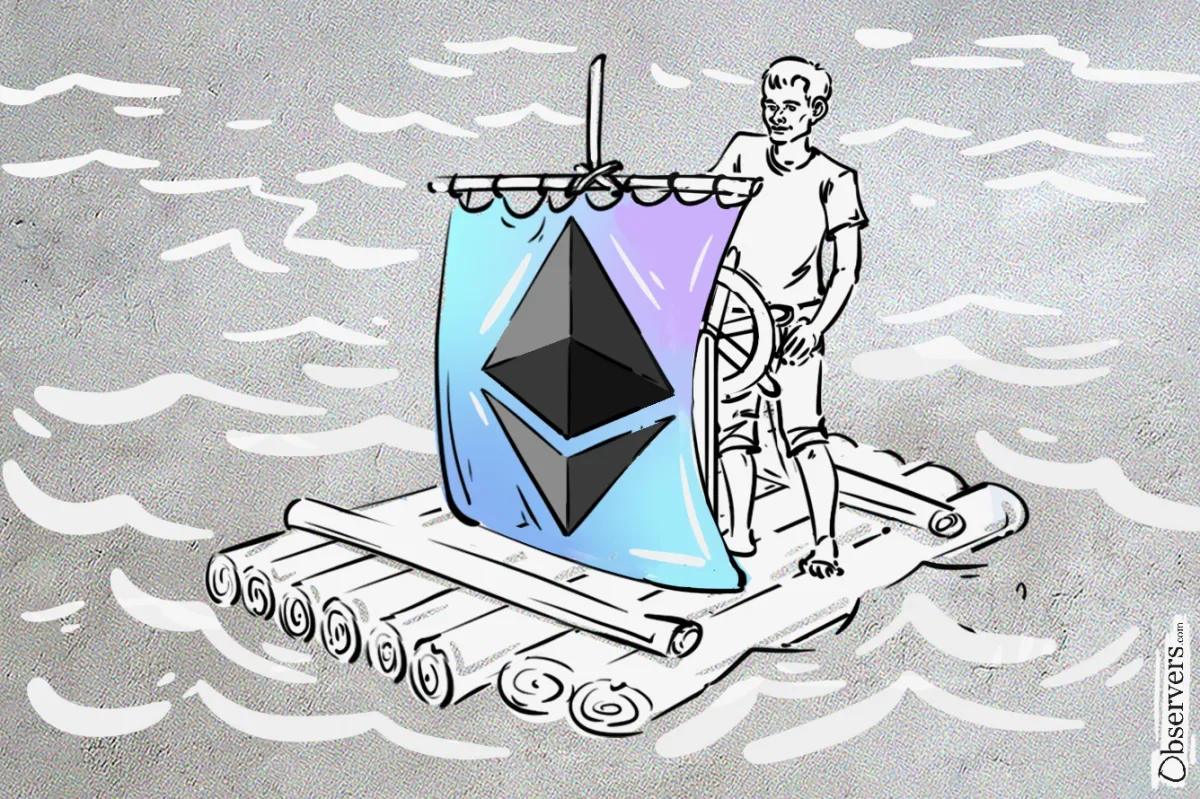
The Ethereum Foundation (EF) has published a new article updating its vision, principles, and values in response to mounting backlash from the community. Many have expressed disappointment with Ethereum’s development trajectory and the stagnant price of ETH.
Despite years of innovation, user growth has stalled since 2020. Ethereum has effectively handed over its growth to Layer 2 (L2) solutions, receiving little in return. ETH is trading at the same level it was in 2021, causing frustration from investors.

It now appears that EF has finally acknowledged the development issues that have plagued Ethereum for several years and is willing to take meaningful action.
Ethereum's CEO
Structurally, the foundation is evolving. Previously, it operated as just another research-focused entity within the Ethereum ecosystem, without clear leadership and with an overly decentralized development process.
Now, EF is stepping into a more active managerial role, akin to a CEO, aiming to align development teams around a unified product vision.
EF itself also changed its leadership. Aya Miyaguchi, who had served as Executive Director since 2018, transitioned to the role of President on February 25, 2025. In her new position, she focuses on institutional partnerships and expanding the foundation's global influence.
On March 1, 2025, the EF announced the appointment of Hsiao-Wei Wang and Tomasz Stańczak as co-Executive Directors. Wang, a core researcher at the EF, contributed significantly to the Ethereum beacon chain and has been active in community building in Taiwan. Stańczak, founder of Nethermind, one of Ethereum's major execution clients, brings extensive experience in talent recruitment and organizational development.
While a decentralized, research-heavy approach worked in Ethereum’s early days, the current environment, with fierce competition from venture-backed blockchains, demands a stronger focus on practical product development and user adoption.
With these changes, the Foundation also plans to significantly reduce development timelines. Updates that previously took years are now expected to take months.
The Infinite Garden, But Faster
In their vision statement, Aya Miyaguchi introduced a metaphor of the "Infinite Garden" for Ethereum, inspired by James P. Carse’s Finite and Infinite Games.
It portrays Ethereum not as a machine with a central controller, but as a decentralized, evolving ecosystem. In this garden, participants—developers, researchers, and communities—act as gardeners, nurturing growth without seeking control. The focus is on sustaining the ecosystem's vitality and diversity over time, emphasizing collaboration, adaptability, and continuous development.
However, EF has shifted its priorities. Whereas it previously resisted scaling Ethereum Layer 1 in favor of L2s, it now considers scaling L1 a top priority.
The two goals boldly emphasized in the statement are to "maximize the number of people who (directly or indirectly) use Ethereum" and to "maximize the resilience of Ethereum's technical and social infrastructure."
EF seems to have recognized a critical strategic risk: without a strong L1 ecosystem, L2s have little reason to remain on Ethereum. If Ethereum fails to deliver, they can easily migrate to alternatives like Celestia once those platforms mature.
EIP-7938: Exponential Gas Limit Increase
Developers are exploring upgrades that could boost Ethereum's scalability by up to 60 times, potentially supporting around 2,000 transactions per second on Layer 1.
One proposal currently gaining attention is EIP-7938, which is under active discussion in the Ethereum community. It aims to gradually raise the gas limit by as much as 100 times over the next four years. This comes after a recent gas limit increase, which followed a long period with no changes and little coordination. The new proposal recommends that Ethereum software automatically vote to raise the gas limit on a predictable schedule, using a default exponential growth pattern.
If implemented, this change could significantly scale Ethereum’s base layer without compromising decentralization, reinforcing its position as the center of Ethereum’s ecosystem.
The L2 vision isn’t being abandoned. Expanded blob space will positively affect L2s due to lower hosting costs. However, strengthening L1 has become a parallel priority to maintain relevance in a rapidly evolving landscape.
The new dynamic introduces complexity: Ethereum L1 improvements may now compete with L2s. Still, most major L2 players seem to recognize the necessity of L1 becoming more scalable and sustainable, and evolving its business model.
As the Chief Strategy Officer at Arbitrum put it:
“I want Ethereum to operate with a business sense. The biggest mistake Ethereum made in the last few years, in my opinion, was giving L2s a 90%+ profit margin business. Ethereum already has a tough job with billions in venture capital trying to outcompete it. Without meaningful revenue, it’s even harder to survive.”
However, these global changes are still in their early stages. Ethereum is a massive ecosystem with many moving parts, and reversing its current trajectory won’t be easy. But the fact that these shifts are finally being initiated offers a glimmer of hope.
Whether these efforts will be enough to turn the tide for Ethereum remains to be seen. We will continue to Observe.

